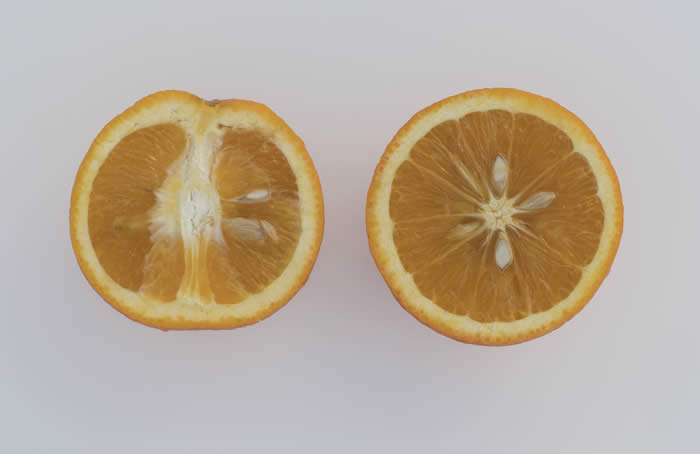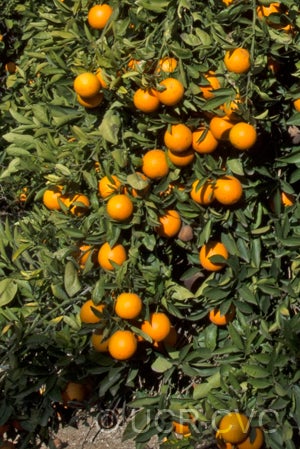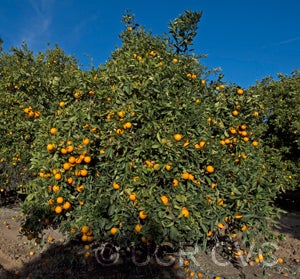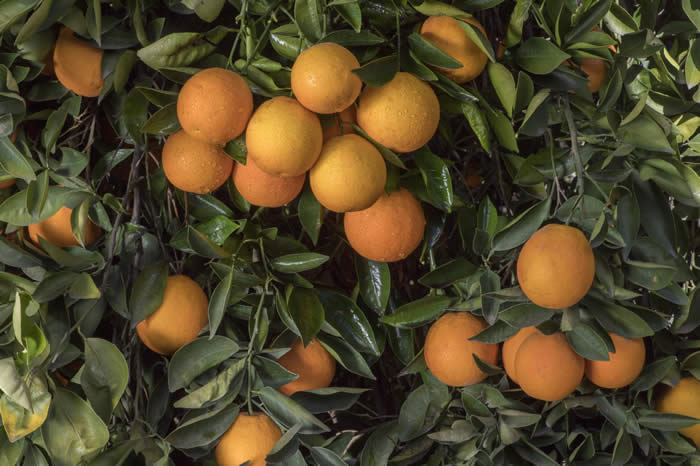Citrus sinensis (L.) Osbeck RUTACEAE
CRC 3865
PI 539629
VI 173
Source
Received as budwood from USDCS, Indio, CA, via CCPP, 1962.
Parentage/origins
According to Waibel (1953), this variety was found in 1927 on the place of O. F. Marrs, Donna, Texas, where it is said to have occurred as a limb sport in a group of navel orange trees obtained from California.
Rootstocks of accession
Carrizo citrange, C-35 citrange
Season of ripeness at Riverside
November to January
Notes and observations
3/23/1987, EMN: Nice flavor; much of crop on ground now.
2/8/1988, EMN: Nice appearing compact trees. Good size for a sweet orange fruit; early season, few to moderate number of seeds.
Description from The Citrus Industry Vol. 1 (1967)
"Fruit medium-large, round to slightly oblate; moderately seedy (depending on pollination). Well-colored under favorable conditions. Rind medium-thick, and surface smooth and finely pitted. Flesh well-colored; juicy, lacking in acid; flavor sweet. Holds well on tree with little loss in quality. Earliest in legal maturity because of low acidity, but for better juice content and quality should be left on tree somewhat later.
Tree moderately vigorous, precocious, and prolific. Marked tendency to bear fruit in clusters. Smaller than most other varieties, presumably because of early and heavy bearing.
Although propagated to a limited extent earlier, trees were not available for commercial planting until 1940. Because of its early and heavy bearing and good fruit size, Marrs is currently a popular early maturing variety in Texas. Its principal fault for processing is the low acidity of the juice."
Availability
Commercially available in California through the Citrus Clonal Protection Program. Click here to order budwood.
USDA Germplasm Resources Information Network page for Marr's Early sweet orange




